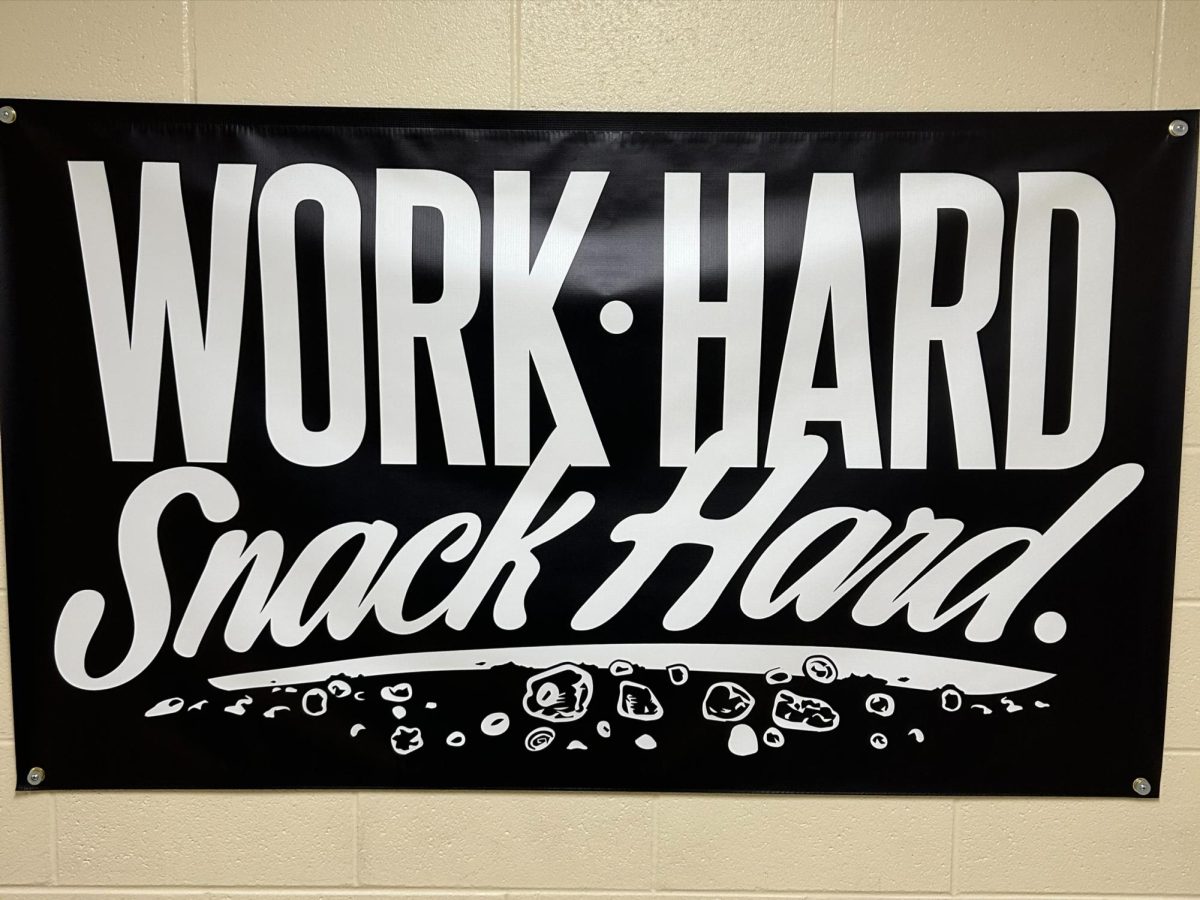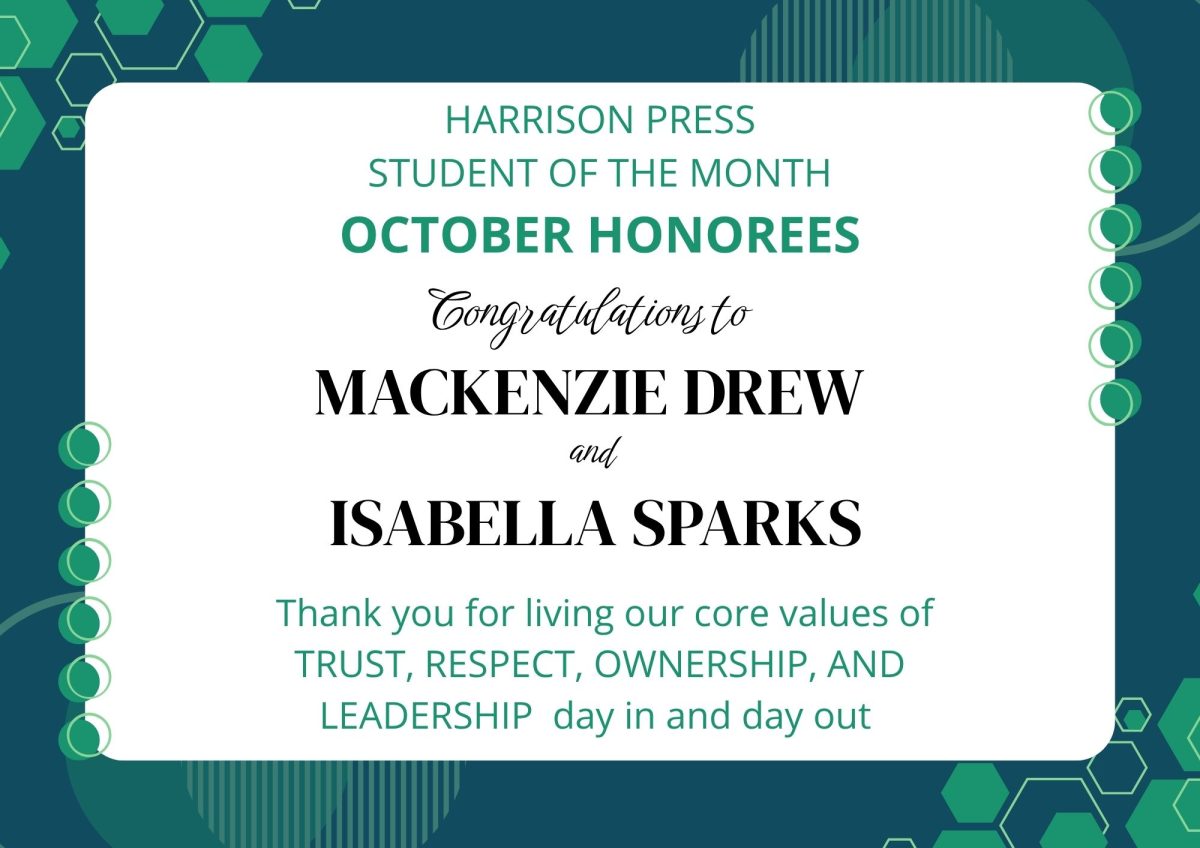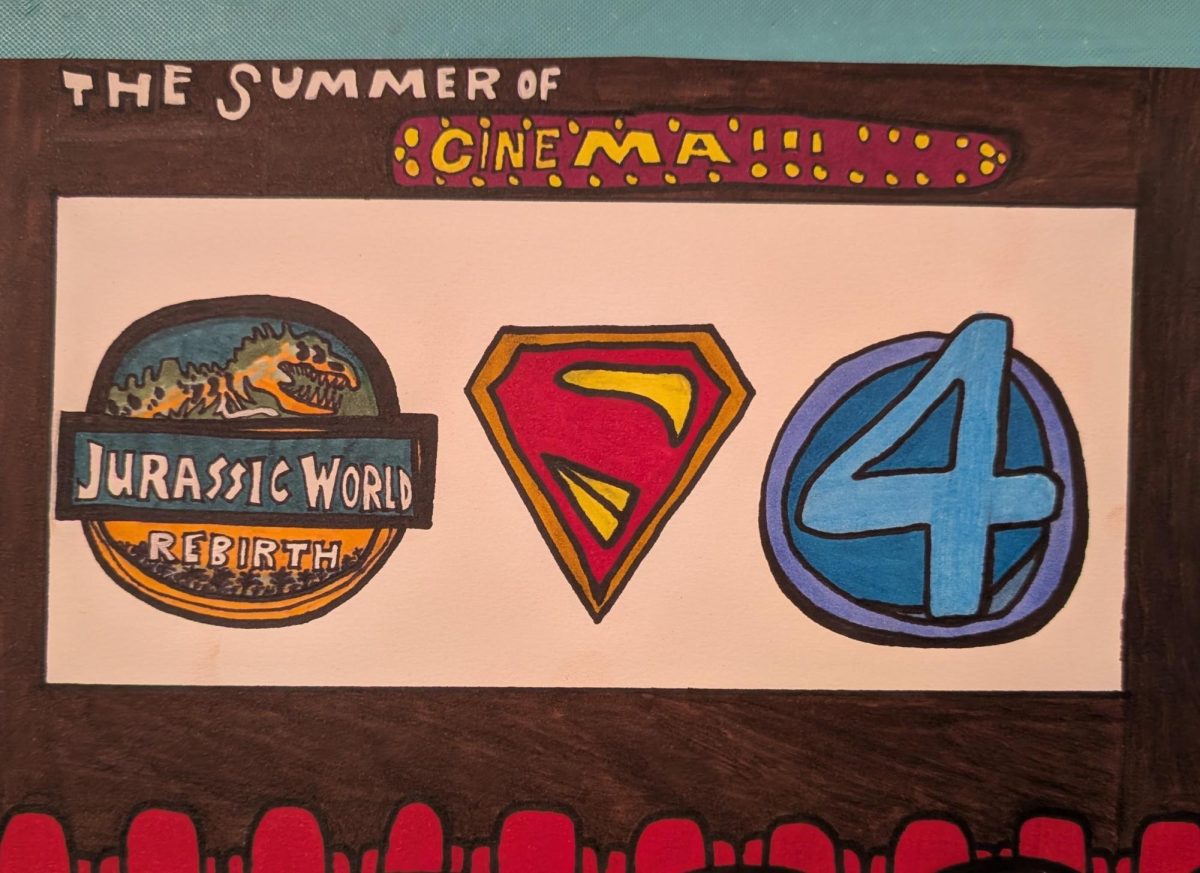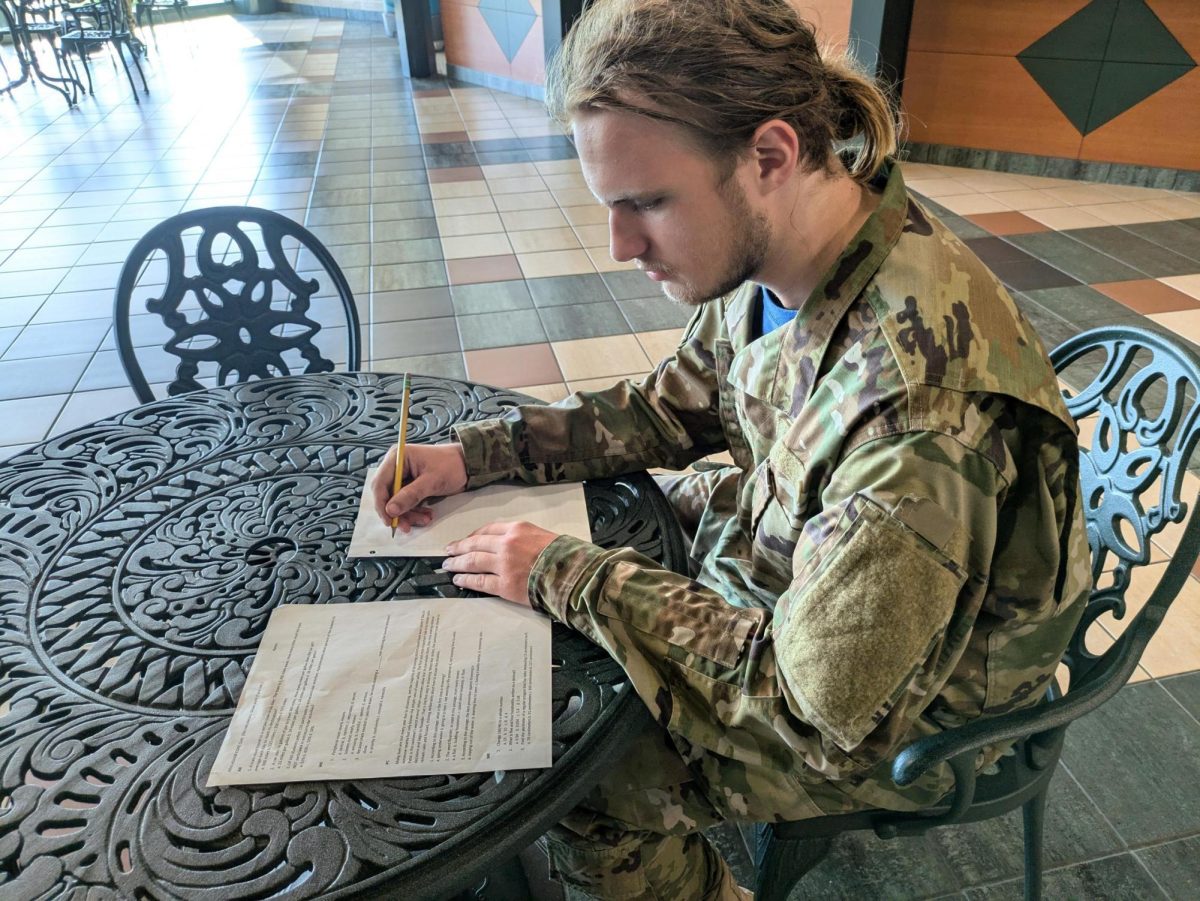Ever wonder how a single test can help you shape your entire future or career? That’s exactly what the Armed Services Vocational Aptitude Battery, better known as the ASVAB, is meant to do. The ASVAB is a timed multiple-choice test administered by the Department of Defense that is meant to help identify a student’s strengths and future career options. The ASVAB was introduced back in 1968 and became required by the US military in 1976, only eight years after its introduction.
The ASVAB is a great option for students who are unsure of their career path in their future. Originally, it was purely intended to help determine success in the different branches of the military, but it has since been shown to help students narrow down their future career path. The ASVAB is required to enlist in the military, but taking the ASVAB is by no means a commitment to enlist in the military. The ASVAB is split into nine different sections, each different from the last. The four critical sections are Arithmetic Reasoning, Word Knowledge, Paragraph Comprehension and Mathematics Knowledge. These determine your AFQT score, which is the score is required to join the military. The other five sections are Mechanical Comprehension, Electronics Information, Assembling Objects, Auto and Shop Information, and General Science. There is also the Line Score, which helps determine what roles you might be a good fit for in the military. The ASVAB is a valuable tool for students unsure of their career path, providing insights into both military and civilian roles.
For the arithmetic section, a calculator is not allowed, so be prepared to only do mental math. The arithmetic questions consist of word problems and multiple choice answers. The word knowledge section consists of getting provided with a word and then being asked to either give the closest meaning of that word or to put one of four best-fitting words into a sentence. The paragraph comprehension section is fairly simple, the test taker is provided with a paragraph and they must answer a series of questions about that paragraph. These questions range from giving the definition of a word or asking the test taker to repeat information stated in the paragraph. The math knowledge section asks the test taker basic math information such as changing a fraction to a whole number or to convert a number in word form to a decimal.
The ASVAB can be taken as many times as you’d like, but you must wait a full calendar month in between each of your first three attempts. Following the third attempt, you must wait six months to take the ASVAB again. To sign up for the ASVAB, see Todd Sams in room 213; simply write your name, grade, and first bell teacher. On the day of the ASVAB, you will miss your first three bells and a portion of your fourth bell. Taking the ASVAB can be an important step in gaining insight on your career path, making it a valuable tool for those looking for guidance for a career and necessary for those interested in joining the military.





























